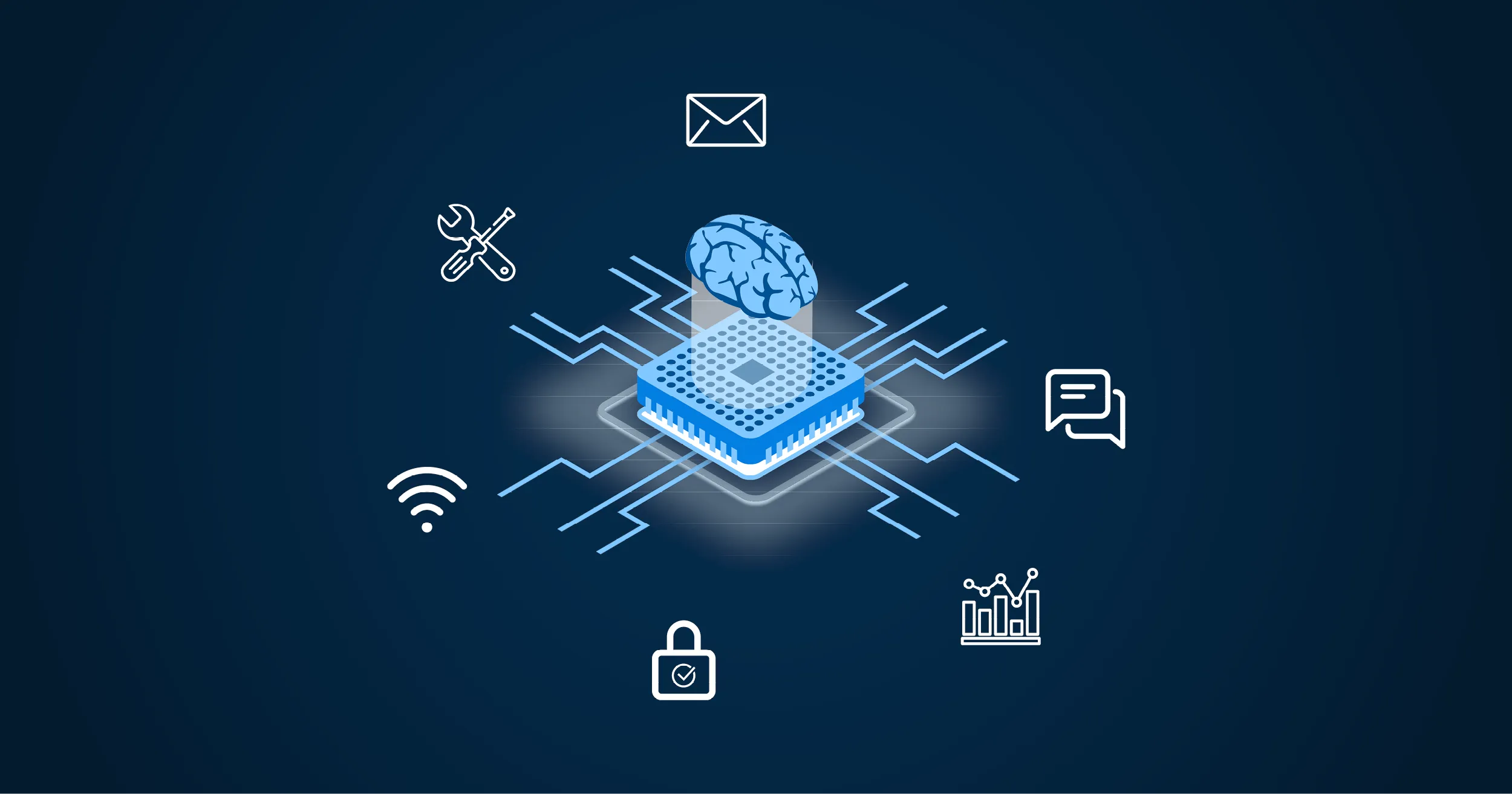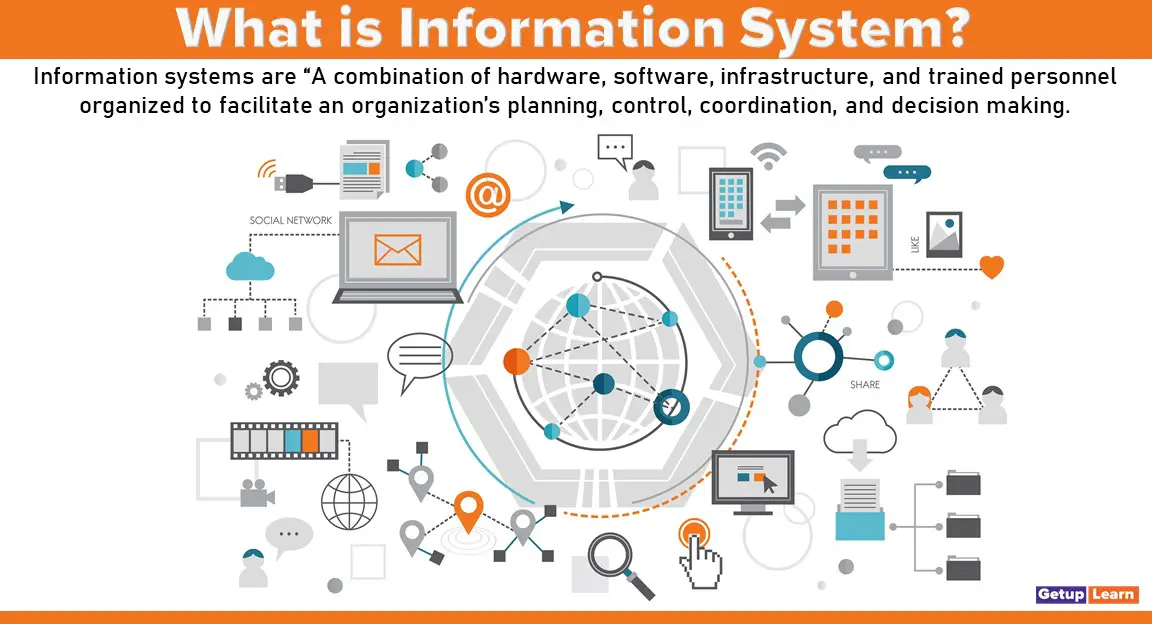Systems Overview
Systems – A system is a collection of components that interact to achieve a common goal. The components can be physical, such as the parts of a machine, or abstract, such as the ideas in a theory.
Systems can be classified in many ways, but one common distinction is between open and closed systems. Open systems exchange energy and matter with their surroundings, while closed systems do not.
Another distinction is between complex and adaptive systems. Complex systems are composed of many interacting components, while adaptive systems are able to change their behavior in response to changes in their environment.
Examples of Systems
Systems are found in all domains of science and engineering. Here are a few examples:
- Biological systems: The human body is a complex system composed of many interacting organs and tissues.
- Social systems: A family is a social system composed of individuals who interact with each other in a variety of ways.
- Technological systems: A computer is a technological system composed of many interacting components, such as the processor, memory, and hard drive.
Systems Analysis

Systems analysis is the process of examining a system to determine how it works and how it can be improved. It is a critical step in the systems development life cycle, as it provides the foundation for the design, implementation, and maintenance of a system.
There are a number of tools and techniques that can be used in systems analysis, including:
- Flowcharts: Flowcharts are graphical representations of the steps in a process. They can be used to visualize the flow of data and control through a system.
- Use cases: Use cases are descriptions of how a system is used by its users. They can be used to identify the requirements of a system and to design the user interface.
- Interviews: Interviews are a way to gather information from users and stakeholders about their needs and expectations for a system.
Systems analysis can provide a number of benefits, including:
- Improved understanding of the system: Systems analysis can help you to understand how a system works and how it can be improved.
- Identification of system requirements: Systems analysis can help you to identify the requirements of a system, which can be used to design and implement the system.
- Improved system design: Systems analysis can help you to design a system that is efficient, effective, and user-friendly.
However, there are also some challenges associated with systems analysis, including:
- Complexity of systems: Systems can be complex, which can make it difficult to analyze them.
- Time and resources: Systems analysis can be time-consuming and resource-intensive.
- Lack of stakeholder involvement: If stakeholders are not involved in the systems analysis process, they may not be satisfied with the results.
Despite these challenges, systems analysis is a critical step in the systems development life cycle. By understanding the benefits and challenges of systems analysis, you can ensure that you are able to effectively analyze systems and improve their performance.
Systems Design
Systems design is the process of defining the architecture, components, and interfaces of a system to meet specified requirements. It involves the creation of a system model that describes the system’s structure, behavior, and interactions with its environment.
There are several principles that guide systems design, including:
- Modularity:The system should be designed as a collection of independent modules that can be easily combined and recombined to create different configurations.
- Abstraction:The system should be designed at different levels of abstraction, with each level hiding the details of the lower levels.
- Encapsulation:The system should be designed so that the internal details of each module are hidden from other modules.
- Concurrency:The system should be designed to support concurrent operation, with multiple modules executing simultaneously.
- Fault tolerance:The system should be designed to tolerate faults, such as hardware failures or software errors.
There are different approaches to systems design, including:
- Top-down design:This approach starts with a high-level view of the system and gradually decomposes it into smaller and smaller modules.
- Bottom-up design:This approach starts with the design of the individual modules and gradually integrates them into a larger system.
- Iterative design:This approach involves repeatedly designing, implementing, and testing the system until it meets the specified requirements.
Examples of well-designed systems include the following:
- The Internet:The Internet is a global network of computers that allows users to communicate and share information. It is a highly scalable and fault-tolerant system that has been designed to withstand a variety of failures.
- The Global Positioning System (GPS):The GPS is a satellite-based navigation system that provides users with their location and time. It is a highly accurate and reliable system that has been used for a variety of applications, including navigation, surveying, and tracking.
- The human body:The human body is a complex system that is composed of many different organs and systems. It is a highly efficient and adaptable system that is capable of performing a wide range of tasks.
Systems Implementation
Systems implementation is the process of putting a new or revised system into operation. It involves a series of steps, including planning, development, testing, and deployment. The goal of systems implementation is to ensure that the new system meets the needs of the organization and that it is implemented successfully.
There are a number of challenges and risks associated with systems implementation. These include:
- Technical challenges:These can include issues with hardware, software, or network connectivity.
- Organizational challenges:These can include resistance to change, lack of training, or poor communication.
- Financial challenges:These can include unexpected costs or delays.
There are a number of strategies that can be used to increase the chances of successful systems implementation. These include:
Systems Maintenance

Systems maintenance is crucial for ensuring the ongoing functionality, efficiency, and security of any system. It involves a range of activities aimed at preventing, detecting, and resolving system issues.
Systems maintenance can be classified into three primary types:
Corrective Maintenance
- Focuses on identifying and resolving system failures or defects.
- Typically reactive, addressing issues after they occur.
Preventive Maintenance
- Aims to prevent system failures by proactively addressing potential issues.
- Involves regular inspections, updates, and system tune-ups.
Adaptive Maintenance
- Responds to changes in the system’s environment or requirements.
- Modifies the system to accommodate new functionality or address changing business needs.
Effective systems maintenance requires a comprehensive approach, including:
- Regular monitoring and analysis to identify potential issues.
- Proactive implementation of preventive maintenance measures.
- Quick and efficient resolution of system failures.
- Continuous evaluation and improvement of maintenance processes.
By adhering to these best practices, organizations can ensure their systems remain reliable, efficient, and aligned with their business objectives.
Systems Evaluation
Systems evaluation is the systematic assessment of a system to determine its effectiveness, efficiency, and overall performance. It helps organizations identify areas for improvement and make informed decisions about the system’s future.
There are various methods for systems evaluation, including:
Performance Testing, Systems
- Measures the system’s performance under different workloads and conditions.
- Identifies bottlenecks and areas for optimization.
User Feedback
- Collects feedback from users on their experience with the system.
- Provides insights into usability, satisfaction, and areas for improvement.
Guidelines for Effective Systems Evaluations
- Establish clear evaluation criteria and objectives.
- Use a combination of quantitative and qualitative methods.
- Involve stakeholders throughout the evaluation process.
- Document the evaluation findings and recommendations thoroughly.



